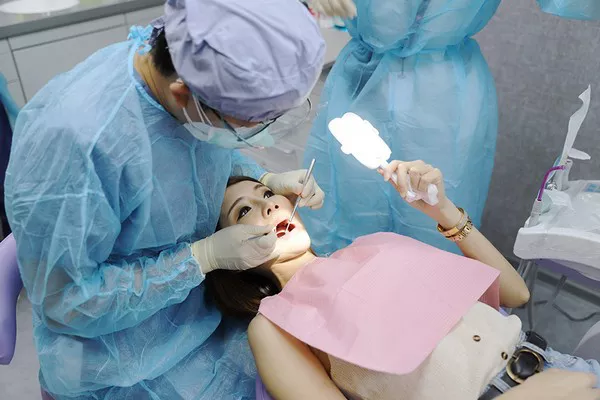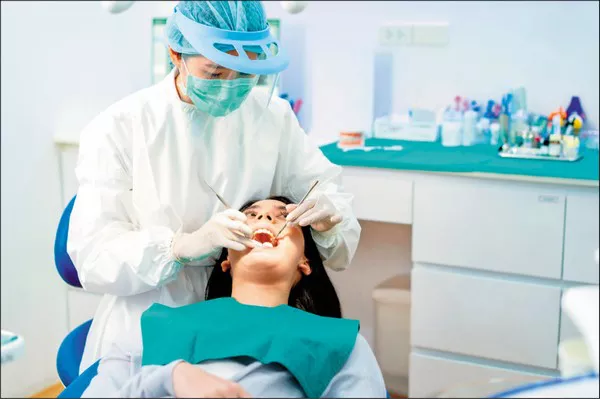Periodontal disease, commonly referred to as gum disease, is a prevalent oral health condition that affects millions of people worldwide. It encompasses a range of conditions, from mild gingivitis to severe periodontitis, and can lead to tooth loss if left untreated. One of the key factors contributing to the development and progression of periodontal disease is the presence of specific microorganisms in the oral cavity. In this comprehensive guide, we will delve into the world of periodontal disease, explore the microorganisms responsible for its onset, and discuss the importance of maintaining good oral hygiene to prevent its development.
Understanding Periodontal Disease
Periodontal disease is a broad term that encompasses various inflammatory conditions affecting the supporting structures of the teeth, including the gums (gingiva), periodontal ligaments, and the alveolar bone. These structures play a crucial role in maintaining the stability and health of your teeth.
The two primary stages of periodontal disease are:
Gingivitis: This is the initial and milder form of periodontal disease. It is characterized by inflammation of the gums, which may become red, swollen, and prone to bleeding when brushing or flossing. Gingivitis is often reversible with proper oral hygiene and professional dental care.
Periodontitis: If gingivitis is left untreated, it can progress to periodontitis, which is a more severe and potentially irreversible condition. Periodontitis involves the breakdown of the gum tissue and supporting structures, leading to tooth mobility and, in some cases, tooth loss.
Microorganisms Involved in Periodontal Disease
The primary cause of periodontal disease is the accumulation of dental plaque, a sticky, colorless film of bacteria that forms on the teeth and along the gumline. While many different microorganisms are present in the oral cavity, specific bacteria are directly linked to the development and progression of periodontal disease. The most notable microorganisms associated with periodontal disease include:
Porphyromonas gingivalis: This bacterium is considered one of the primary pathogens responsible for periodontal disease. It produces enzymes and toxins that contribute to tissue destruction and inflammation in the gums.
Tannerella forsythia: Tannerella forsythia is another key player in periodontitis. It is associated with the formation of periodontal pockets and the destruction of periodontal tissues.
Treponema denticola: Treponema denticola is known for its ability to penetrate deep into periodontal pockets and promote tissue destruction. It is often found alongside Porphyromonas gingivalis and Tannerella forsythia.
Aggregatibacter actinomycetemcomitans: This bacterium is associated with aggressive forms of periodontal disease, particularly in younger individuals. It can lead to rapid tissue destruction and bone loss.
Prevotella intermedia: Prevotella intermedia is commonly found in periodontal disease sites and is associated with the progression of periodontitis.
Fusobacterium nucleatum: Fusobacterium nucleatum plays a role in facilitating the colonization of other periodontal pathogens in the oral cavity.
The Role of Microorganisms in Periodontal Disease
The microorganisms mentioned above are part of the complex biofilm that forms on teeth and gums. When plaque is not adequately removed through regular brushing and flossing, it can lead to an inflammatory response from the body’s immune system. Over time, this immune response, combined with the toxins produced by these microorganisms, can cause damage to the gum tissue and supporting structures of the teeth.
As the disease progresses, periodontal pockets may form, creating spaces between the teeth and gums where bacteria can thrive. These pockets are challenging to clean with regular oral hygiene practices, making it necessary for individuals with periodontal disease to seek professional dental care, including scaling and root planing, to remove bacteria and calculus (tartar) from these areas.
Prevention and Management
Preventing periodontal disease involves effective oral hygiene practices, including:
- Brushing teeth at least twice a day with fluoride toothpaste.
- Flossing daily to remove plaque and debris between teeth.
- Regular dental check-ups and professional cleanings to detect and address early signs of gum disease.
- Avoiding tobacco products, which increase the risk of periodontal disease.
- Eating a balanced diet rich in fruits, vegetables, and whole grains.
Conclusion
Microorganisms, particularly specific bacteria, play a crucial role in the development and progression of periodontal disease. Understanding the connection between these microorganisms and gum disease underscores the importance of maintaining good oral hygiene practices and seeking professional dental care when necessary. By taking proactive measures to control bacterial growth and plaque buildup, individuals can reduce their risk of developing periodontal disease and enjoy better oral health throughout their lives.
Related Topics:
































